
Beyond the Ingredient List: Why Reading Dog Food Ingredients Is an Inaccurate Assessment of Nutritional Quality
The pet food industry has trained consumers to scrutinize ingredient lists when selecting foods for their dogs, creating a widespread misconception that the quality of a diet can be determined by reading what appears on the package. However, veterinary nutritionists and scientific research consistently demonstrate that judging pet food solely by its ingredient list is not only ineffective but often misleading. This practice can lead pet owners away from nutritionally superior diets in favour of products with appealing marketing rather than sound nutritional science.
The Legal Framework and Limitations of Ingredient Lists
Understanding what ingredient lists actually tell us—and more importantly, what they don’t—requires familiarity with the regulatory framework governing pet food labeling. The Association of American Feed Control Officials (AAFCO) mandates that ingredients must be listed in descending order by weight, including water content, before cooking and processing. This seemingly straightforward rule creates several significant problems for accurate assessment.
The guaranteed analysis provides only minimum and maximum values for basic nutrients like protein and fat, not actual amounts. A food listing 18% minimum protein could contain 25% or 30% protein, making direct comparisons between products impossible based on label information alone. This limitation extends beyond macronutrients to encompass the entire nutritional profile of the food.
Water Weight Distortion
One of the most fundamental flaws in using ingredient lists for evaluation lies in the water content effect. Fresh meat ingredients contain approximately 70% water, while meat meals contain less than 10% moisture. Consequently, a diet listing fresh chicken as the first ingredient may actually contain less total chicken protein than a diet listing chicken meal as the third ingredient. This water weight distortion systematically misleads consumers about the actual protein contribution of various ingredients.
The regulatory requirement to list ingredients by pre-cooking weight further compounds this issue. During the cooking and extrusion process, fresh meats lose substantial water weight, dramatically altering their proportional contribution to the final product. What appears as the primary ingredient before cooking may represent a relatively minor component after processing.


Marketing Manipulation and Ingredient Splitting
Pet food manufacturers have developed sophisticated marketing strategies that exploit consumers’ focus on ingredient lists. One prevalent technique is ingredient splitting, where a single ingredient source is divided into multiple, smaller components listed separately. For example, corn might be separated into “corn meal,” “corn flour,” and “corn gluten meal,” allowing each portion to appear lower on the ingredient list while meat ingredients rise to more prominent positions.
This practice creates an illusion of meat predominance while potentially obscuring the fact that combined grain ingredients may constitute the largest portion of the diet. Research from the University of Zurich found that over 65% of pet owners had significant difficulty reading and understanding pet food labels, with most unable to accurately assess protein content or identify complete diets based on ingredient information.
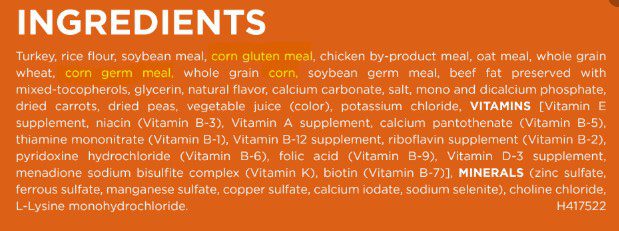
“Fairy Dust” Ingredients and the Salt Divider Rule
Perhaps the most egregious example of marketing manipulation involves what nutritionists term “fairy dust” ingredients—appealing components added in minute quantities solely for marketing appeal. The salt divider rule provides a useful tool for identifying these marketing additions. Since most dog foods contain approximately 1% salt or less, any ingredient listed after salt on the label comprises less than 1% of the total recipe.
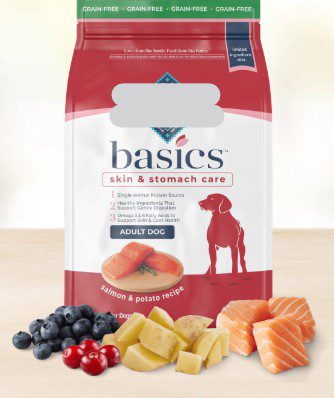
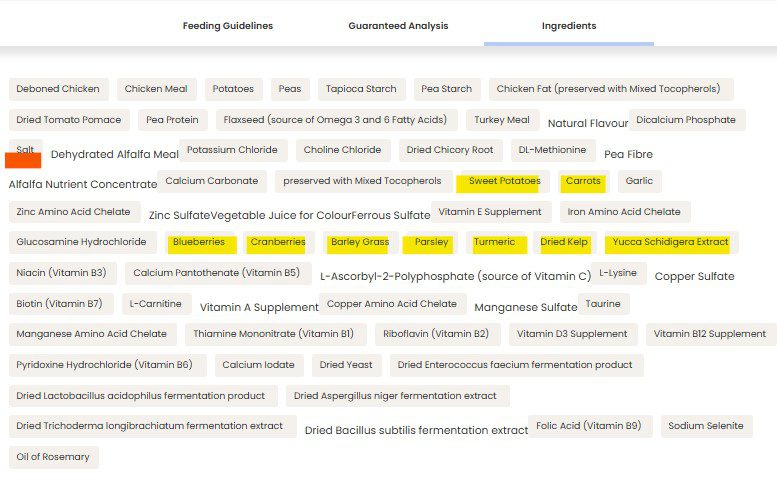
Dr. Marion Nestlé and Dr. Malden Nesheim, in their book “Feed Your Pet Right,” explain that “any ingredient that follows salt on the list must make up less than 1% of the diet”. This means those enticing photos of blueberries, sweet potatoes, or other “superfoods” on packaging may represent mere sprinkles—potentially less than half a blueberry in an entire 30-pound bag of food.
The Human Grade Deception
The term “human grade” represents another area where ingredient-focused evaluation fails consumers. Until AAFCO’s 2023 guidelines, this term lacked regulatory definition, allowing manufacturers to make misleading claims. Current regulations require that for a product to be labeled human grade, all ingredients and the final product must be “stored, handled, processed, and transported” according to federal human food regulations.
Critically, individual ingredients cannot be labeled human grade unless the entire product meets these stringent requirements. Many products claiming “human grade ingredients” fail to meet the full regulatory standard, misleading consumers about the actual production standards of their pet’s food.
What Ingredient Lists Cannot Tell Us
Veterinary nutritionists emphasize several crucial limitations of ingredient-based evaluation:
- Ingredient Quality and Bioavailability
- The ingredient list provides no information about ingredient quality, digestibility, or bioavailability. The quality of chicken by-product meal from one manufacturer may be significantly superior to the deboned chicken from another company in terms of nutritional value and digestibility. Research has shown that grain gluten meals often exceed 70% digestibility, comparable to many meat meals, while some rendered lamb meals provide poor amino acid digestibility.
- Nutrient Interactions and Synergies
- Modern pet nutrition involves complex interactions between nutrients that cannot be assessed from ingredient lists. The presence of specific ingredients does not guarantee optimal nutrient ratios or bioavailability. A food may contain excellent individual ingredients but fail to provide proper nutritional balance due to poor formulation.
- Processing Effects
- The cooking and processing methods dramatically alter ingredient contributions and nutrient availability, information completely absent from ingredient lists. Extrusion, for example, can improve the digestibility of some ingredients while potentially reducing the availability of certain nutrients.
What Pet Owners Should Evaluate Instead
Manufacturer Expertise and Research
The World Small Animal Veterinary Association (WSAVA) guidelines recommend evaluating pet food companies based on their nutritional expertise rather than ingredient lists. Key criteria include:
Employment of board-certified veterinary nutritionists (DACVIM-Nutrition)
Rigorous quality control and testing protocols
Nutritional research and feeding trials
Manufacturing standards and oversight
Currently, fewer than 100 board-certified veterinary nutritionists practice in North America, making their involvement a significant indicator of a company’s commitment to nutritional science.
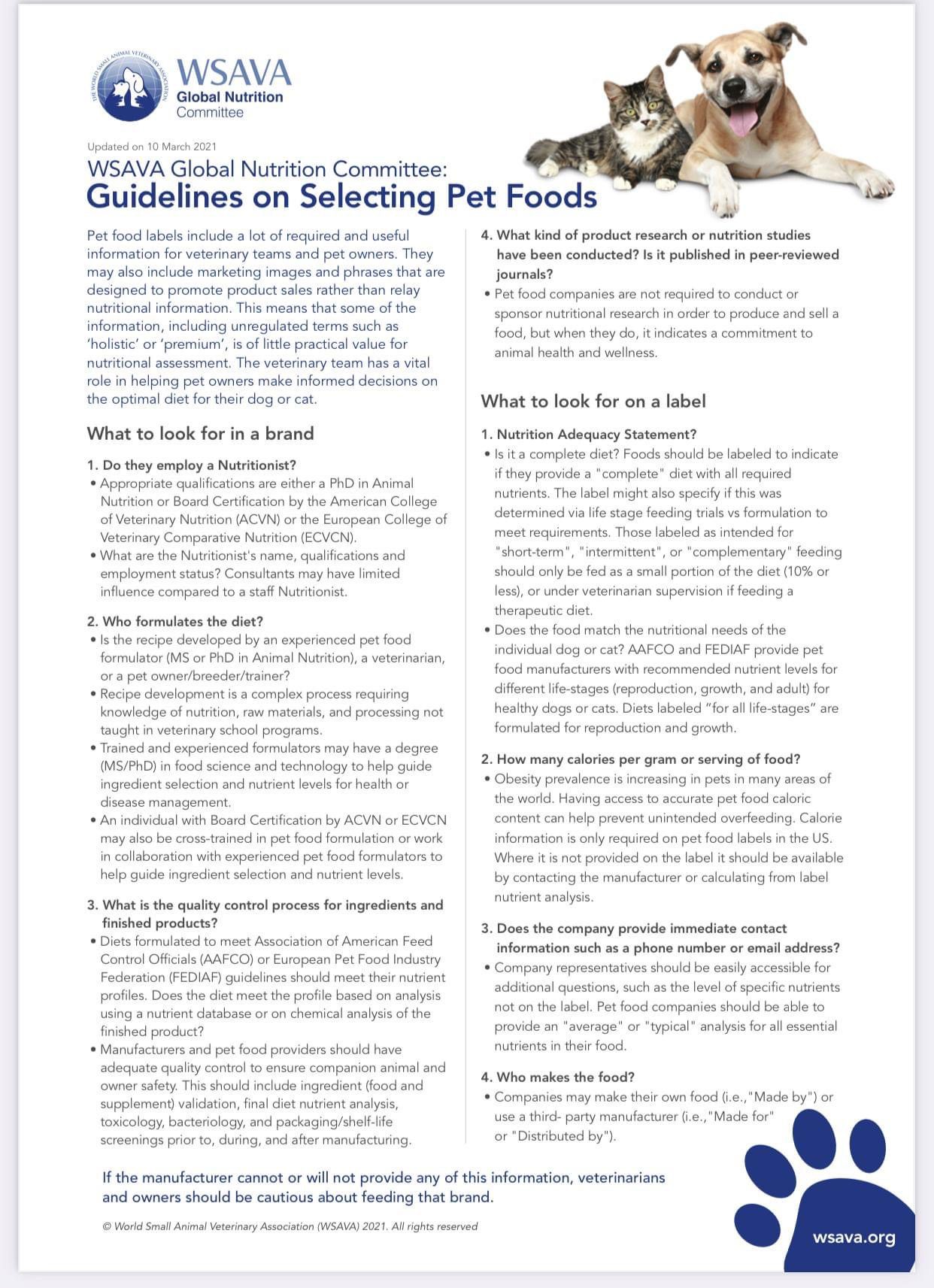
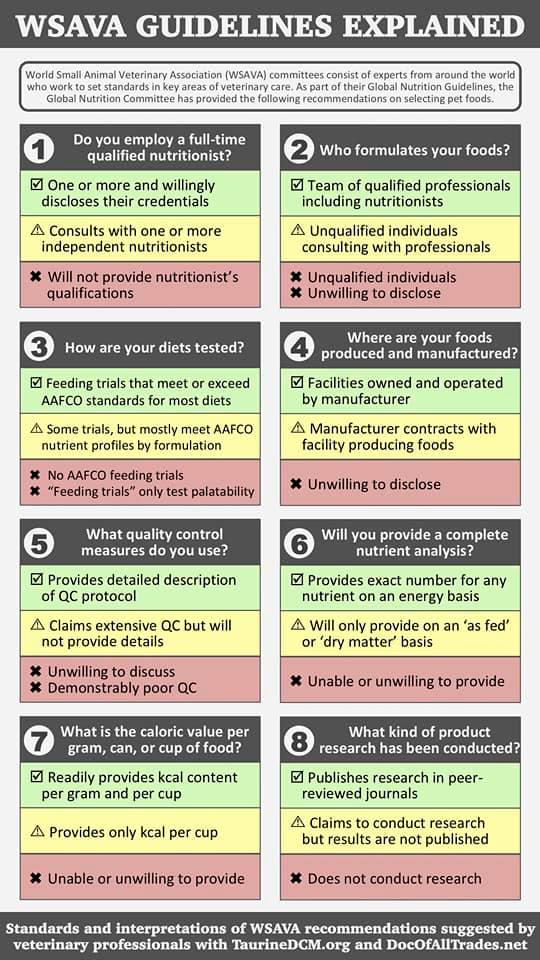
AAFCO Nutritional Adequacy Statements
Rather than focusing on ingredients, pet owners should prioritize the AAFCO nutritional adequacy statement, which indicates whether a food has met established nutritional standards through either nutrient profile compliance or feeding trials. This statement provides far more meaningful information about a food’s nutritional competence than any ingredient list.
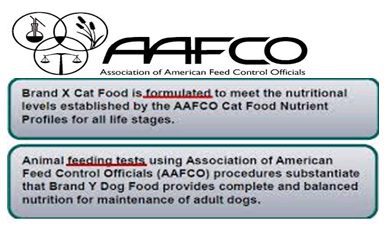
Feeding Trial Evidence
Foods that have undergone AAFCO feeding trials provide the highest level of evidence for nutritional adequacy. These trials demonstrate that dogs can thrive on the diet over time, providing real-world validation of nutritional claims.
The Scientific Evidence Against Ingredient-Based Selection
Multiple studies have documented the inadequacy of ingredient-based pet food evaluation. Research published in the Journal of Animal Science found that ingredient lists failed to predict nutritional adequacy in commercially available pet foods. A study of Canadian dog and cat foods revealed that only 9 of 27 foods met all nutrient content claims despite appealing ingredient lists.
Dr. Lisa Freeman from Tufts University’s Cummings School of Veterinary Medicine has extensively documented the problems with ingredient-focused selection. Her research has shown that boutique diets with appealing ingredient lists may actually pose nutritional risks, contributing to the FDA’s investigation into diet-associated dilated cardiomyopathy in dogs.
Moving Beyond Marketing to Science-Based Nutrition
The veterinary nutrition community consistently emphasizes that animals require nutrients, not ingredients. A perfectly formulated diet can use less appealing ingredients to deliver superior nutrition, while a diet with an attractive ingredient list may fail to meet basic nutritional needs.
Ingredients are simply the delivery vehicles that transport essential nutrients into the animal’s body. This perspective, shared across the veterinary nutrition community, reflects decades of research demonstrating the inadequacy of ingredient-based evaluation.
Practical Recommendations for Pet Owners
Instead of scrutinizing ingredient lists, pet owners should:
Consult with veterinary nutritionists for diet recommendations based on their dog’s specific needs
Choose foods from companies with demonstrated nutritional expertise and board-certified nutritionists on staff
Prioritize AAFCO feeding trial evidence over appealing ingredient lists
Focus on their dog’s response to the diet rather than ingredient marketing
Avoid foods making excessive health claims or emphasizing exotic ingredients
The Role of Veterinary Professionals
Veterinary professionals play a crucial role in educating pet owners about proper diet selection. The WSAVA’s “5th Vital Assessment” initiative encourages nutritional evaluation at every veterinary visit, moving the focus from ingredient marketing to science-based nutritional assessment.
Board-certified veterinary nutritionists undergo extensive training—including veterinary school, residency programs, original research, and rigorous board examinations—to understand the complexities of animal nutrition that cannot be captured in simple ingredient lists.
Conclusion
The practice of evaluating dog food quality through ingredient lists represents a fundamental misunderstanding of modern pet nutrition. While ingredient quality matters, the complex interplay of nutritional science, processing effects, and formulation expertise cannot be assessed through simple ingredient reading.
Pet owners seeking the best nutrition for their dogs should shift their focus from marketing-driven ingredient lists to evidence-based criteria: manufacturer expertise, feeding trial data, nutritional adequacy statements, and professional veterinary guidance. This approach ensures that dogs receive optimal nutrition based on scientific evidence rather than appealing marketing copy.
Synergistically Yours
Danielle & Bugaboo Baby Gentry
Dedicated to Sheepdog Riggs | forever in our hearts
Did you find this information helpful? Do you enjoy my content or learn something new? Consider showing your support by buying me a coffee.
Has your dog been affected by Canine Copper-Associated Hepatopathy? Please see our Members Page.
Are you in need of a Veterinarian right now? Vetster is 24/7 on demand online veterinary virtual appointments. Search by location, availability, species, vet profile, treatment and more. Connect with a licensed veterinarian in minutes from the comfort of your own home.



